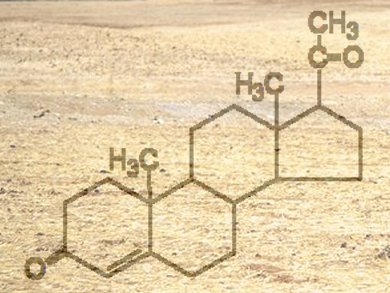Low part-per-trillion concentrations of endocrine-disrupting chemicals (EDCs) in the environment, including natural and synthetic hormones, have caused adverse impacts on aquatic organisms. Possible sources of hormones to the environment include discharges from wastewater treatment plants (WWTPs), use of reclaimed water for irrigation, domestic septic systems, effluents from concentrated animal feeding operations (CAFOs), and runoff from agricultural fields where manure and biosolids – organic-rich solids resulting from treatment of sewage sludge – are applied as fertilizers and soil amendments.
As little is known about the potential of such runoffs, Thomas Borch, Colorado State University, Fort Collins, USA, and colleagues, conducted a study to assess this. A field containing test plots had been applied with biosolids with seventeen different hormones and two sterols, including androgens, estrogens, and progestogens for the first time immediately prior to the study. Target compounds were isolated by solid-phase extraction (water samples) and pressurized solvent extraction (solid samples), and analyzed by gas chromatography tandem mass spectrometry.
Runoff samples collected prior to biosolids application had low concentrations of estrone, androstenedione and cholesterol. Significantly higher concentrations of multiple estrogens, androgens, and progesterone were observed in runoff samples taken 1, 8, and 35 days after biosolids application.
It was found that rainfall can mobilize hormones from biosolids-amended agricultural fields directly to surface waters or redistribute them to terrestrial sites away from the point of application via runoff. After 35 days concentrations significantly decreased, but more time is needed for complete degradation of hormones in soil at this site.
- Steroid Hormone Runoff from Agricultural Test Plots Applied with Municipal Biosolids,
Yun-Ya Yang, James L. Gray, Edward T. Furlong, Jessica G. Davis, Rhiannon C. ReVello, Thomas Borch,
Environ. Sci. Technol. 2012.
DOI: 10.1021/es203896t




